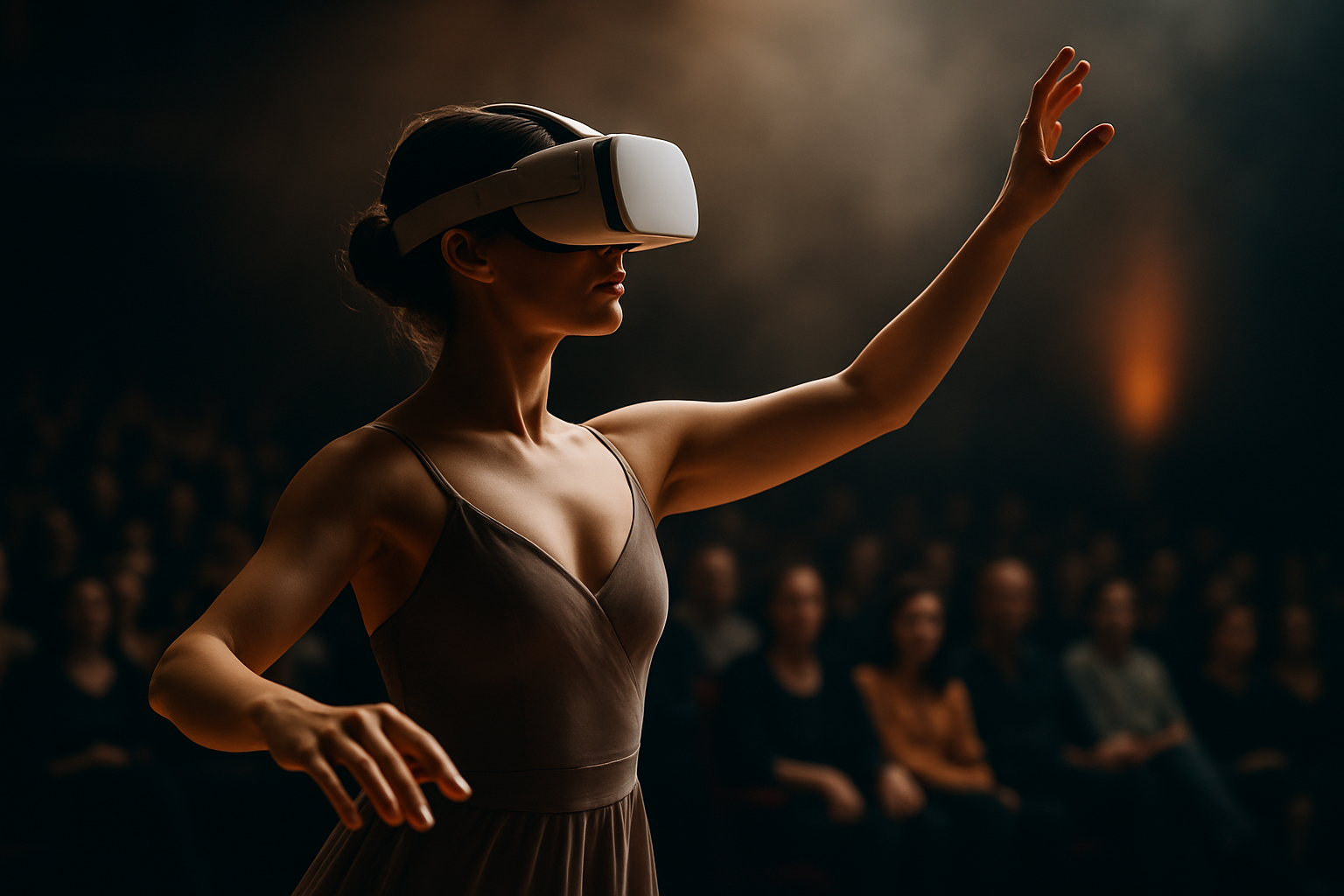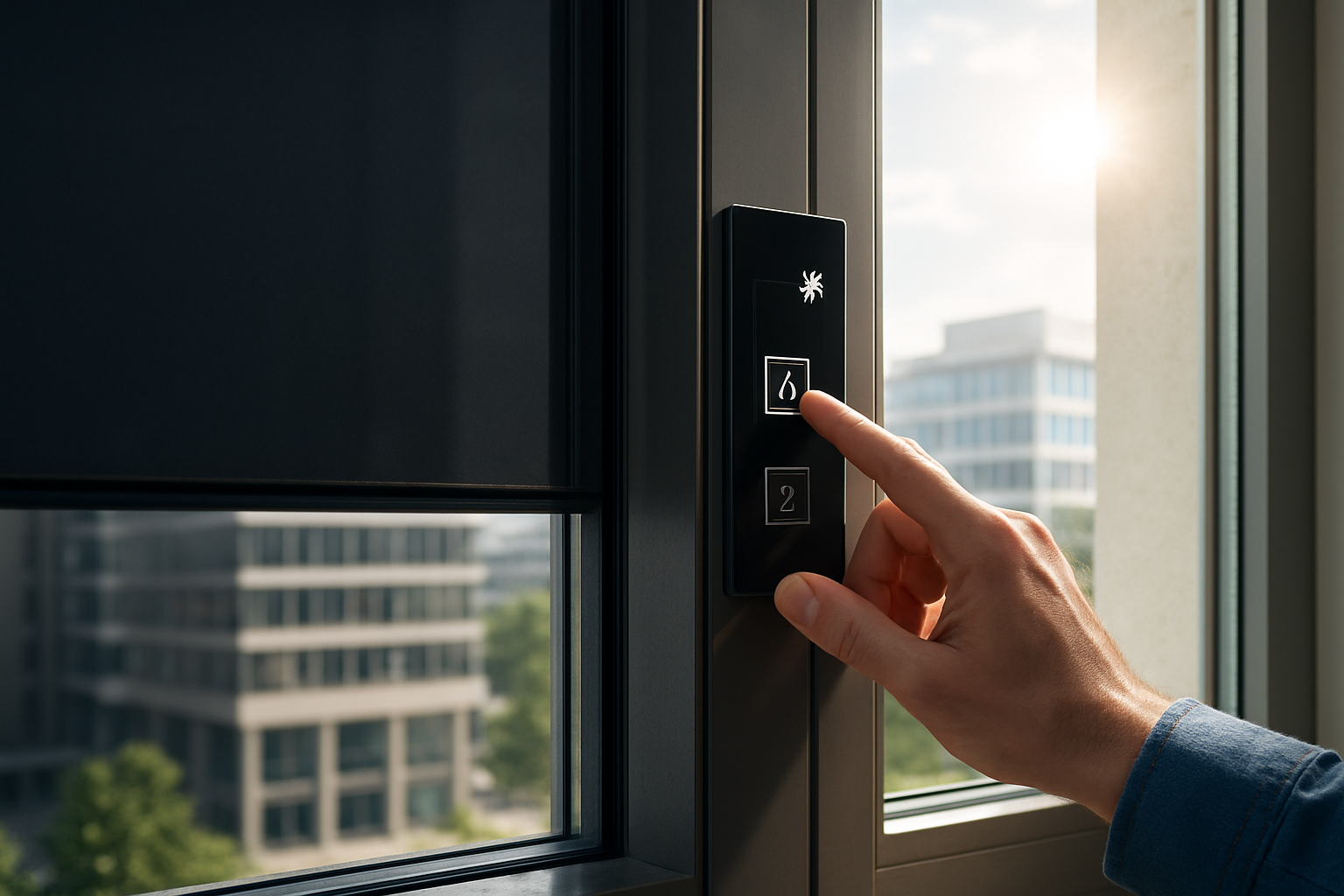Shaping the Future: The Influence of Virtual Reality on Performing Arts
In the ever-evolving landscape of the arts and entertainment industry, one technology stands out for its transformative potential: virtual reality. As an immersive medium, VR offers new possibilities for creators, performers, and audiences alike. This article delves into the historical context, latest developments, and the significant impact of VR on the performing arts.

A Historical Glance at VR in Performing Arts
The concept of virtual reality is not new. The term was coined in the 1980s, but the idea of creating an immersive, computer-generated world has been around for much longer. The first VR headset was developed in the 1960s, but it wasn’t until the 1990s that VR started making its way into the public consciousness. However, it was too early for the technology, and it wasn’t until the 2010s, with the advent of consumer-friendly VR headsets, that VR began to gain traction in the arts.
Virtual Reality Today: A New Medium for Artistic Expression
VR has seen significant advancements in recent years, making it more accessible and user-friendly. It is now being used in a variety of ways within the performing arts, from virtual theater productions and dance performances to immersive musical experiences. This is not just a tool for presenting traditional art forms in a new way, but a medium that allows for entirely new forms of artistic expression.
The Impact of VR on the Performing Arts
Utilizing VR technology in performance arts is altering the traditional dynamic between performers and audiences. It offers a level of immersion and personalization that traditional mediums cannot match. VR performances can transport audiences to different worlds, allowing them to experience stories and performances from unique perspectives. This has the potential to increase audience engagement and create more meaningful artistic experiences.
Significance and Reception of VR in Performing Arts
The incorporation of VR into the performing arts is a significant development. It demonstrates the potential for technology to enhance and redefine artistic expression. The reception has been largely positive, with many praising the unique experiences VR offers. However, there are also concerns about the accessibility of VR technology and the potential for it to create a divide in the arts community.
Future Developments and Possibilities
As VR technology continues to evolve, so too will its use in the performing arts. There are exciting possibilities for new forms of storytelling and performance, and for reaching new audiences. However, there are also challenges to overcome, particularly in making VR more accessible and in ensuring that it enhances rather than detracts from the performing arts.
Virtual reality is reshaping the landscape of the performing arts, offering new possibilities for artistic expression and audience engagement. As we look to the future, it is clear that VR will continue to play a significant role in the evolution of the arts. As with any new technology, it presents both opportunities and challenges, but its potential is undeniable.





